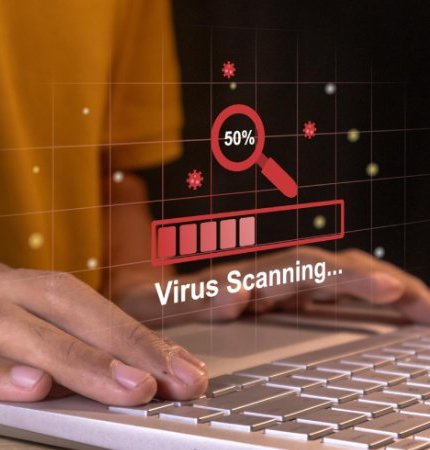
Extended Detection and Response
Extended Detection and Response is an advanced, integrated cybersecurity solution designed to detect, investigate, and respond to threats across multiple layers of an organization’s IT environment—including endpoints, networks, servers, email, cloud workloads, and more. XDR is a centralized security system that brings together data and insights from different security tools to identify and respond to cyber threats faster and more effectively.
Extended Detection and Response combines two distinct but complementary processes:
How XDR Works:
XDR collects and correlates security data from multiple sources, such as:

Once the data is collected, XDR uses AI, analytics, and automation to:
Detect complex threats
Investigate incidents across different systems
Provide actionable insgihts
Automate or guide the response
Key Features of XDR
| Feature | Description |
|---|---|
| Unified visibility | Centralized view of threats across endpoints, cloud, email, network, etc. |
| Advanced detection | Uses machine learning and behavioral analytics to identify sophisticated attacks |
| Automated response | Speeds up incident containment and recovery |
| Threat correlation | Connects data from multiple tools to identify attack patterns |
| Reduced alert fatigue | Filters and prioritizes alerts, so security teams focus on real threats |
XDR vs Traditional Security Tools
| Aspect | EDR/SIEM/Siloed Tools | XDR |
|---|---|---|
| Scope | Limited (single vector) | Extended (multiple vectors) |
| Data correlation | Manual or minimal | Automated and unified |
| Visibility | Fragmented | End-to-end |
| Response | Reactive | Proactive and automated |
Benefits of XDR:
Also known as ethical hacking, this step involves simulating real-world attacks to exploit the vulnerabilities found during the assessment. A cybersecurity expert attempts to breach systems to:

When to Use XDR:
